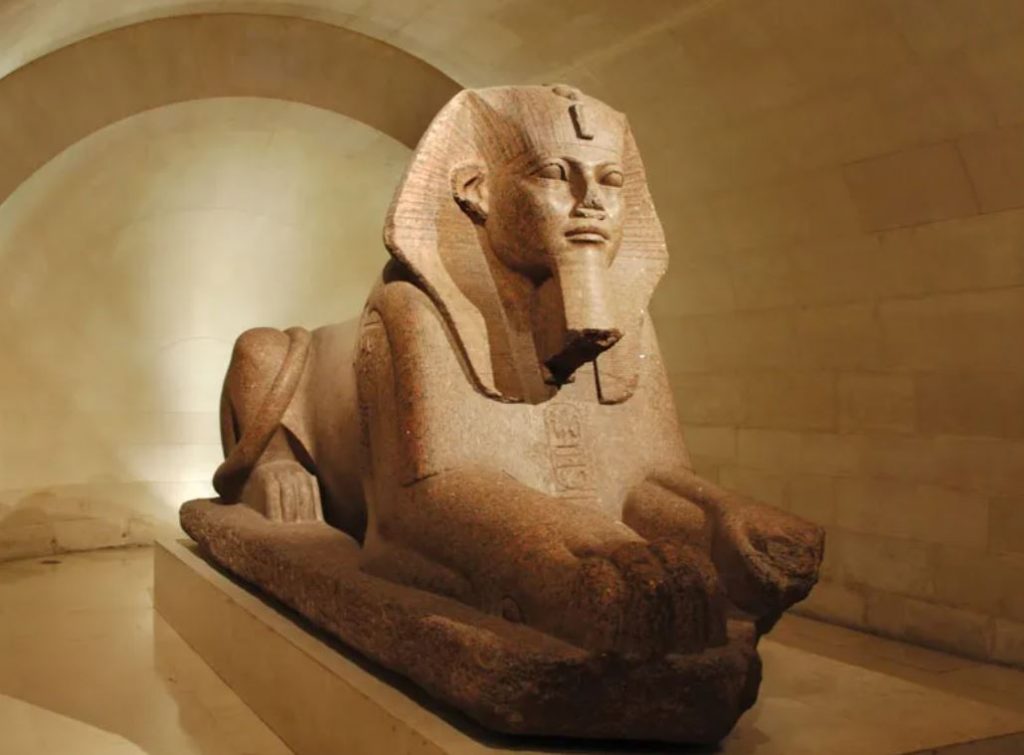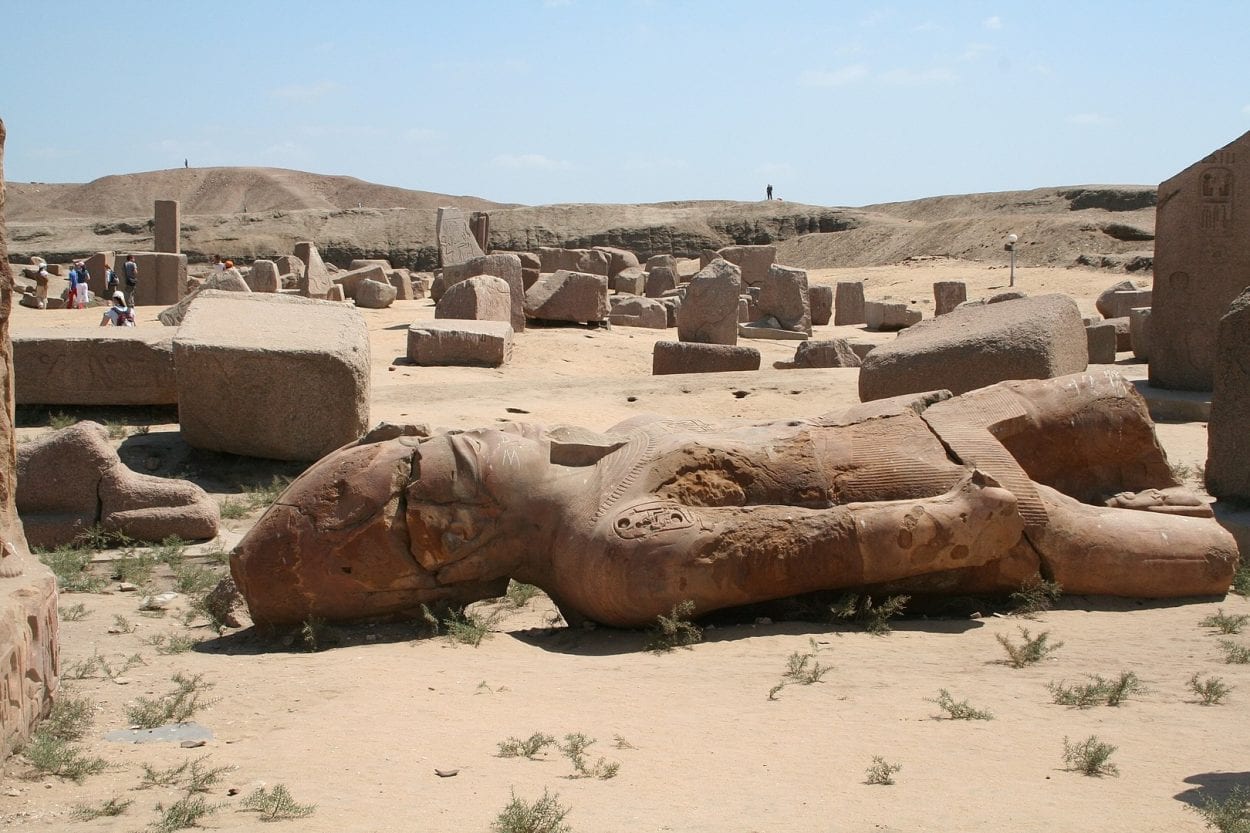The city of Tanis is a fascinating archaeological site located in the Nile Delta of Egypt. Despite its relatively unknown status compared to other ancient Egyptian cities such as Thebes and Memphis, Tanis played a significant role in the history of the country for over a thousand years. The city was once a major political, economic, and cultural center, yet it was eventually buried under the sands of time and only rediscovered in the 20th century.
The city of Tanis was originally established as a small settlement during the 21st dynasty of Egypt, around the 10th century BCE. During this time, the city was a relatively minor center of power, serving as the capital of the 21st and 22nd dynasties. It wasn’t until the 25th dynasty that Tanis truly came into its own, becoming a major city and the capital of Egypt during the reigns of the Pharaohs Piye, Shabaka, and Taharqa.

During its heyday, Tanis was a thriving metropolis with a population of over 100,000 people. The city was adorned with magnificent temples, palaces, and other impressive architectural structures. Some of the most impressive buildings in the city include the Temple of Amun, the Temple of Seth, and the Palace of Apries. These buildings were constructed using a unique blend of Egyptian and Greek architectural styles, reflecting the cultural exchange between the two civilizations during the time of the Pharaohs.
Despite its size and wealth, Tanis was eventually abandoned and forgotten. The city was gradually buried under sand and sediment, which eventually completely covered the site. For over a thousand years, Tanis remained hidden, and its location was lost to the sands of time.
It wasn’t until the late 19th and early 20th centuries that the city of Tanis was rediscovered by French archaeologist Pierre Montet. Over the course of several decades, Montet and his team conducted extensive excavations at the site, uncovering the impressive ruins of the ancient city. Montet’s work at Tanis helped to shed new light on the history of Egypt, providing valuable insight into the country’s culture and religion during the time of the Pharaohs.

Since Montet’s initial excavations, Tanis has become an important site for archaeologists and historians. The city has been extensively studied, and many of its buildings and artifacts have been restored and preserved. Today, the site of Tanis is a popular tourist destination, attracting visitors from all over the world who are eager to learn more about the history of this fascinating city.
In conclusion, the city of Tanis is a testament to the enduring legacy of ancient Egypt. Despite being buried under the sands of time for over a thousand years, the city remains a valuable source of information about the history of the country and the civilization of the Pharaohs. Its impressive ruins and fascinating history make it a must-visit destination for anyone interested in exploring the rich cultural heritage of Egypt.



Comment here